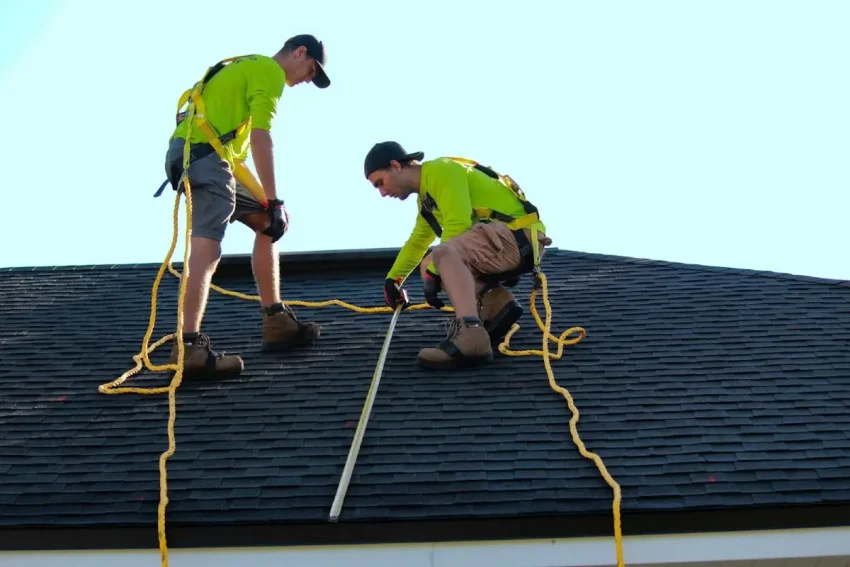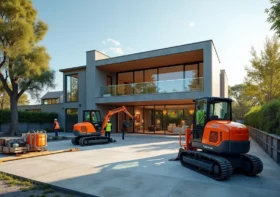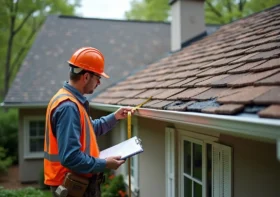A Guide to Renovating Your Roof the Right Way

Renovating your roof is one of the most important investments you can make in your home. A roof protects the structure from the elements and plays a vital role in energy efficiency, curb appeal, and long-term property value. Whether your roof is aging, damaged, or simply in need of a style update, approaching the renovation process with the right knowledge ensures lasting results.
This guide highlights the crucial steps for renovating your roof the right way, helping you avoid common pitfalls and make smart, cost-effective decisions.
Contents
Assessing the Condition of Your Current Roof
Before jumping into renovations, it’s crucial to understand the state of your current roof. Common warning signs that your roof may need attention include missing or curling shingles, visible water damage in the attic, or leaks after heavy rain. Even small issues like cracked flashing or minor sagging should not be ignored, as they can quickly worsen.
A professional roof inspection provides a thorough evaluation and highlights both urgent repairs and potential upgrades. This step gives homeowners a clear picture of what’s required, whether it’s a partial repair, a full replacement, or a material upgrade. Knowing your roof’s condition upfront allows you to plan effectively and budget accordingly.
Choosing the Right Materials for Longevity
The success of a roof renovation largely depends on the materials you choose. Homeowners today have a wide range of options, from traditional asphalt shingles to eco-friendly metal panels and durable tile systems.
For those seeking durability and style, advanced tile roofing solutions offer both longevity and aesthetic appeal. These systems are engineered to withstand harsh weather conditions while maintaining a timeless look that enhances curb appeal.
When selecting materials, consider your local climate, budget, and design preferences. Asphalt shingles remain popular for affordability, while metal roofs excel in energy efficiency and durability. Tile and slate, though often more expensive, provide unmatched longevity and a high-end finish. Working with your contractor to weigh the pros and cons ensures you find the material best suited to your home’s needs.
Working With Experienced Professionals
A roof renovation is not a project to attempt alone. Poor installation can lead to leaks, reduced energy efficiency, and even structural risks. Hiring a licensed and experienced roofing contractor ensures the work is done safely, efficiently, and to code. Professionals help secure necessary permits, manage timelines, and source quality materials.
When selecting a contractor, research reviews, ask for references, and confirm licenses and insurance. Clear communication about scope, costs, and warranties protects you from surprises during and after the project. A reliable contractor becomes your partner in ensuring the roof is functional and built to last.
Planning for Maintenance and Future Protection
Renovating your roof is a long-term investment, and protecting it requires ongoing maintenance. Schedule annual inspections to catch minor issues before they escalate. Cleaning gutters, checking for debris buildup, and inspecting flashing and seals are simple tasks that extend your roof’s lifespan.
Homeowners should consider additional protective features like improved ventilation, reflective coatings, or gutter guards. These enhancements reduce strain on the roof while improving energy efficiency and comfort inside the home. By planning for maintenance, you safeguard your investment and enjoy peace of mind knowing your roof is built to last.
Renovating your roof is more than a construction project, it’s an opportunity to enhance your home’s safety, efficiency, and value. By assessing your roof’s condition, choosing the right materials, working with skilled professionals, and committing to ongoing care, you ensure your renovation is done the right way.



